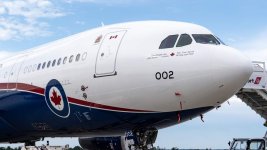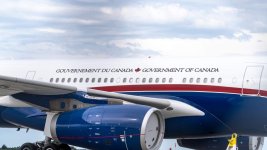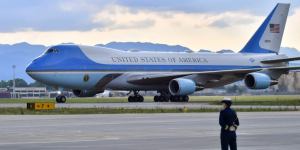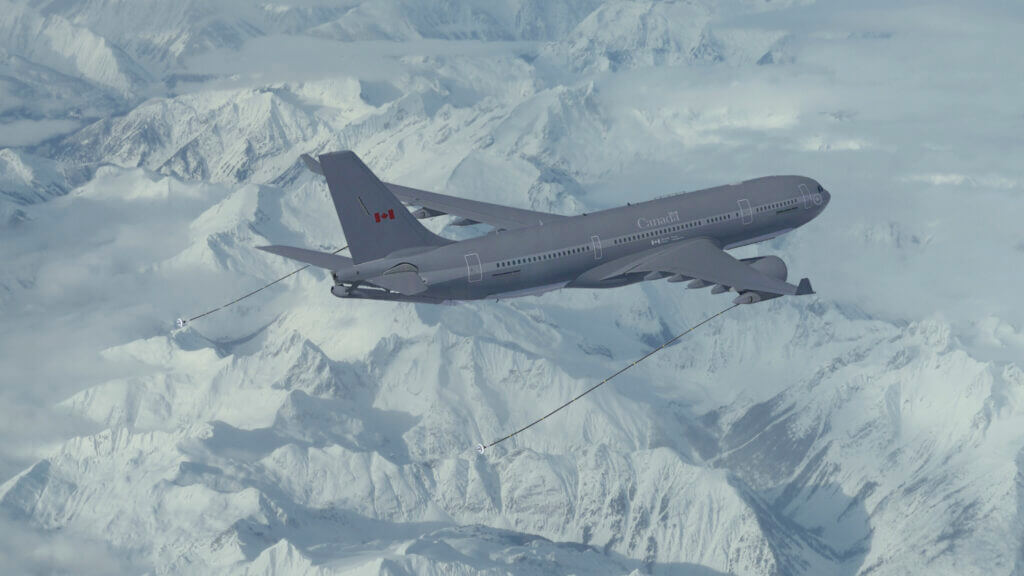With many international carriers parking fleets during the height of the Covid-19 pandemic, the government was able to “accelerate” the Polaris replacement program by taking advantage of a small pool of available A330-200 commercial long-haul aircraft suitable for conversion to the MRTT standard.
Two were
acquired in July 2022 for US$102 million and three more were purchased in July 2023 for US$150 million, all through International AirFinance Corporation from the same operator in Kuwait, following a competitive process, according to senior officials.
“The procurement of used aircraft for this capability is a viable option given that military rates of annual flight hour consumption are typically less than commercial rates,” the government stated. “Thus, a used commercial aircraft that has a modest number of hours flown on it can still achieve a full military service life of 30 years.”
The five used A330-200 aircraft will receive a “limited retrofit” to
bring them to the standard of a new A300-200, and will be powered by the same Rolls-Royce Trent 700 engines as the four additional Airbus-built aircraft.
An RCAF CC-150 Polaris shown here in its distinctive color scheme. Patrick Cardinal Photo
At present,
eight of the nine aircraft will adopt operational grey livery and be converted to the full MRTT mission suite of troop and cargo transport, aeromedical evacuation, and air-to-air refueling – with both boom and hose and drogue systems. One will receive a white Canadian government livery and be earmarked for secure transport of high-ranking government officials. However, it could be converted to a tanker as well at a later date, if required.









